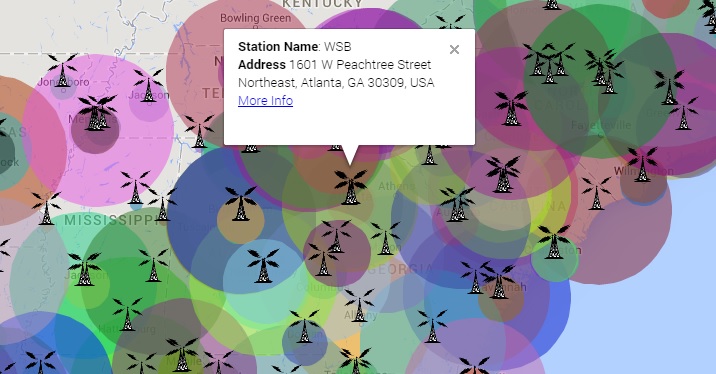Category: CHI Fellowship Program
-
Yes, I can fix that…
As spring semester beings, I’m happy to dust off this blog and break the hiatus silence. I’m sure that I experienced many of the same things any tech savvy reader of this blog did over the holidays: fixing family members technology. Items were fixed that were obviously broken or sadly out of date, or I…
-
Paper-based Productivity and Digital Research
As I dive into the world of Digital Humanities, I am exposed to an increasing variety of programs, apps, coding languages, and platforms to digitize my research and see my work in new ways. I’ve always been interested in productivity, and paper and pen or pencil have long been some of the most valuable tools…
-
Double Vision
Because of my interest in Renaissance drama and visual art, I am interested in connections, relationships, and patterns between Renaissance verbal and visual media. I’m also interested in how Renaissance playwrights and visual artists might be connected culturally, artistically, and professionally. For this reason, I’ve pursued digital visualization tools to use for my CHI Fellowship…
-
Visualizing Cemeteries
I’ve had to shift the focus of my CHI project, from creating an open access database of the onsite collected data. The project is still something I would like to tackle, but it is simply not scalable enough to complete fully next semester. Therefore, my plan is to create a interactive visualization of specific portions…
-
Professional Development for Possibilities Outside the Professoriate Track
As a doctoral student in rhetoric and writing who came to graduate school with an interest in the connections between the arts, social justice, and community-engaged scholarship and with experience working in various nonprofit settings focused on literacy and arts, I have always kept one eye on non-academic positions and the possibility of seeking out…
-
Movement Across Disciplines: Inspiration from the Migration with Borders Conference at MSU
A few weeks ago I had the opportunity to attend and chair a panel at the Migration Without Borders Conference here at Michigan State. I do not consider migration as a central theme of my work, nor I am particularly well versed in the historiography of migration beyond the books I read for my comp…
-
Mute Poem, Speaking Picture…And Web-Based Visualization Tools
For November’s post, I’m going to write a bit about my own specific research interest. As a fourth-year PhD student in the Department of English, I study Renaissance literature and visual culture. Specifically, I look at the connection between Renaissance drama and portraiture. This research interest has developed since I spent a year working on…
-
Bioarchaeology, Digital Humanities, and Public Engagement
Social science has faced increasing scrutiny from specific segments of the public recently, specifically with regards to the review of NSF funding allocations. So how can be, as social scientists, help the general public better understand the value of what we do? How can we engage the public in productive discourse? This is where digital…
-
Uncovering Isolation in the Archive: Women Workers in Bicycle Factories
I have begun diving to a variety of sources for my project “Wheelwomen at Work,” in which I am digitizing women’s involvement in the bicycle industry from the 1880s to the 1910s. One of my most striking findings so far has come from factory inspection records. Starting in the 1880s, many states established departments in…
-

Visualizing Southern Television 2.0: Launched!
Today marks the official launching of Visualizing Southern Television 2.0, the second version of my project digitally mapping the footprint for television stations in the south between 1946 and 1965. Back in June, I began the process of deconstructing the mapping infrastructure of VST with three main goals: to improve the aesthetics of the mapping…